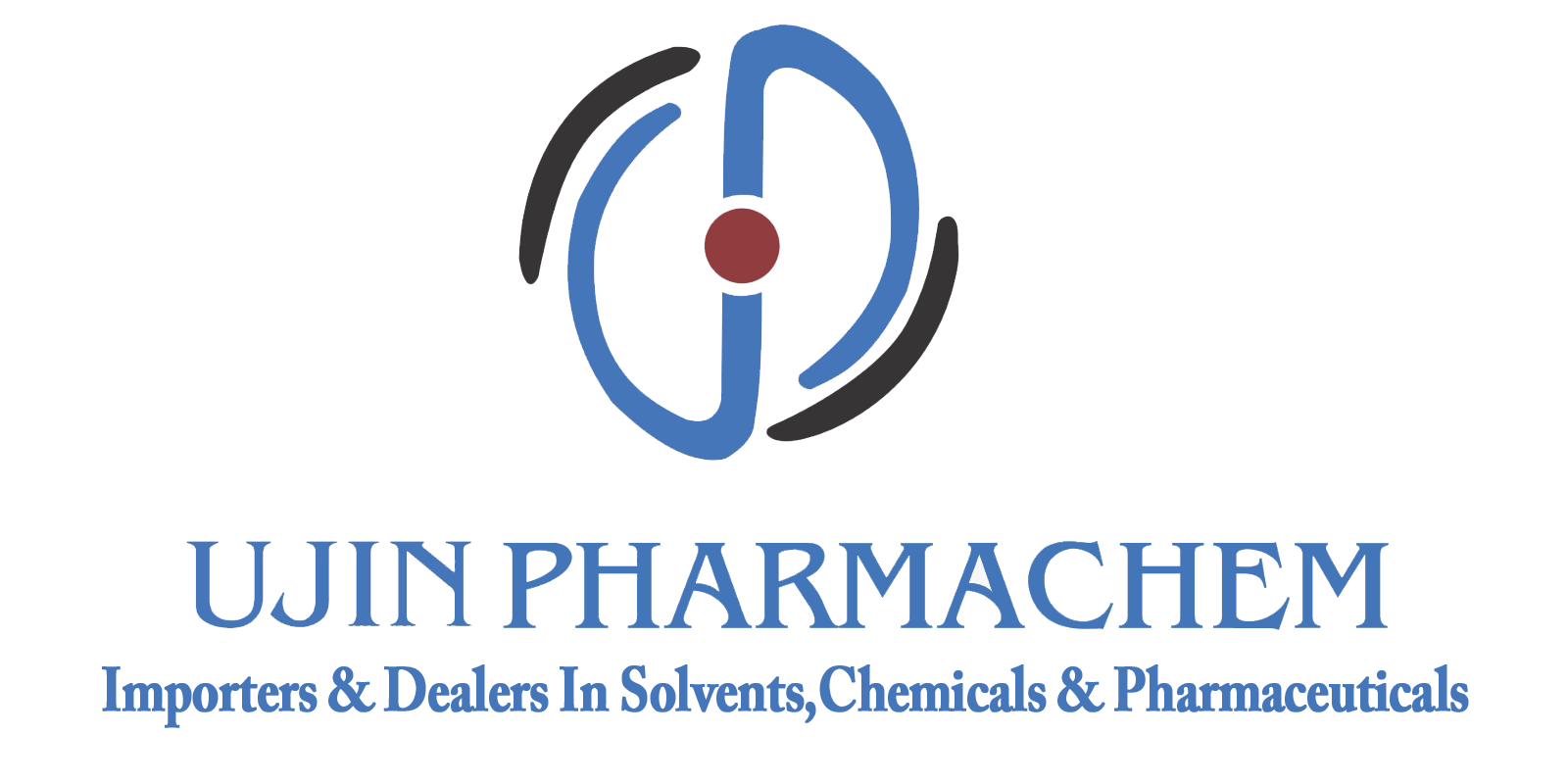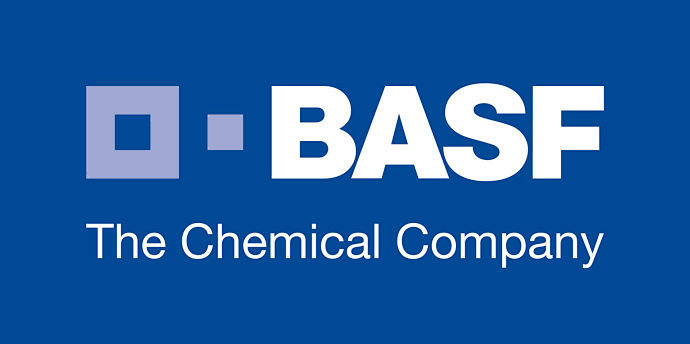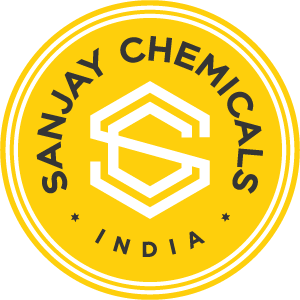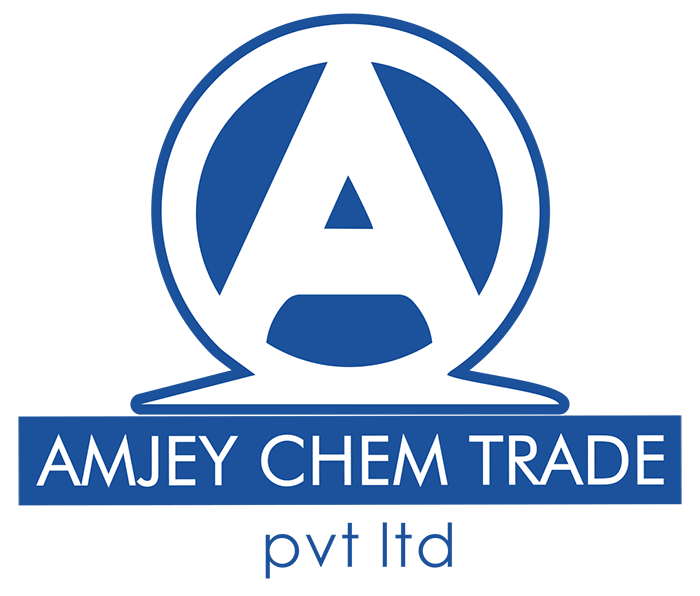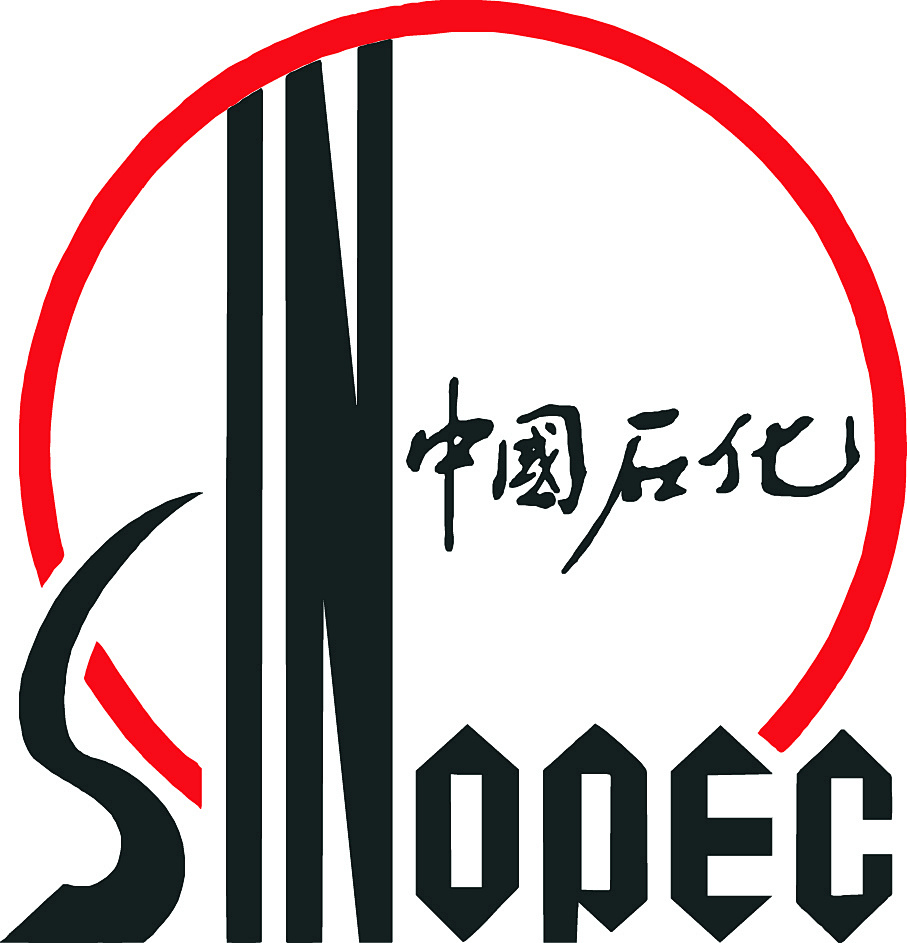Chemical Safety Data Sheet MSDS / SDS
1-Methoxy-2-propanol
SECTION 1: Identification of the substance/mixture and of the company/undertaking
Product identifier
- Product name: 1-Methoxy-2-propanol
- CBnumber: CB2351104
- CAS: 107-98-2
- EINECS Number: 203-539-1
- Synonyms: PGME,pm
Relevant identified uses of the substance or mixture and uses advised against
- Relevant identified uses: For R & D use only. Не для medicinal, household or other use.
- Uses advised against: none
SECTION 2: Hazards identification
GHS Label elements, including precautionary statements
- Symbol(GHS)


Precautionary statements
P303 + P361 + P353 IF ON SKIN (or hair): Remove/Take off Immediately all contaminated clothing. Rinse SKIN with water/shower.
P280 Wear protective gloves/protective clothing/eye protection/face protection.
P271 Use only outdoors or in a well-ventilated area.
P264 Wash skin thouroughly after handling.
P264 Wash hands thoroughly after handling.
P261 Avoid breathing dust/fume/gas/mist/vapours/spray.
P240 Ground/bond container and receiving equipment.
P233 Keep container tightly closed.
P501 Dispose of contents/container to ..
P405 Store locked up.
P403 + P233 Store in a well-ventilated place. Keep container tightly closed.
P210 Keep away from heat/sparks/open flames/hot surfaces. -Нет.
Hazard statements
H336 May cause drowsiness or dizziness
H320 Causes eye irritation
H226 Flammable liquid and vapour
SECTION 3: Composition/information on ingredients
Substance
- Product name: 1-Methoxy-2-propanol
- Synonyms: PGME,pm
- CAS: 107-98-2
- EC number: 203-539-1
- MF: C4H10O2
- MW: 90.12
SECTION 4: First aid measures
Description of first aid measures
General advice
Show this material safety data sheet to the doctor in attendance.
If inhaled
After inhalation: fresh air. Call in physician.
In case of skin contact
In case of skin contact: Take off immediately all contaminated clothing. Rinse skin with water/ shower.
In case of eye contact
After eye contact: rinse out with plenty of water. Remove contact lenses.
If swallowed
After swallowing: immediately make victim drink water (two glasses at most). Consult a physician.
Most important symptoms and effects, both acute and delayed
The most important known symptoms and effects are described in the labeling (see section 2.2) and/or in section 11
Indication of any immediate medical attention and special treatment needed
No data available
SECTION 5: Firefighting measures
Extinguishing media
Suitable extinguishing media
Water Foam Carbon dioxide (CO2) Dry powder
Unsuitable extinguishing media
For this substance/mixture no limitations of extinguishing agents are given.
Special hazards arising from the substance or mixture
Carbon oxides
Flash back possible over considerable distance. Container explosion may occur under fire conditions., Vapors may form explosive mixture with air., May form peroxides of unknown stability.
Combustible.
Vapors are heavier than air and may spread along floors. Forms explosive mixtures with air at elevated temperatures.
Development of hazardous combustion gases or vapours possible in the event of fire.
Advice for firefighters
In the event of fire, wear self-contained breathing apparatus.
Further information
Remove container from danger zone and cool with water. Prevent fire extinguishing water from contaminating surface water or the ground water system.
SECTION 6: Accidental release measures
Personal precautions, protective equipment and emergency procedures
Advice for non-emergency personnel: Do not breathe vapors, aerosols. Avoid substance contact. Ensure adequate ventilation. Keep away from heat and sources of ignition.
Evacuate the danger area, observe emergency procedures, consult an expert. For personal protection see section 8.
Environmental precautions
Do not let product enter drains. Risk of explosion.
Methods and materials for containment and cleaning up
Cover drains. Collect, bind, and pump off spills. Observe possible material restrictions (see sections 7 and 10). Take up with liquid-absorbent material (e.g. Chemizorb? ). Dispose of properly. Clean up affected area.
Reference to other sections
For disposal see section 13.
SECTION 7: Handling and storage
Precautions for safe handling
Advice on safe handling
Avoid generation of vapours/aerosols.
Advice on protection against fire and explosion
Keep away from open flames, hot surfaces and sources of ignition.Take precautionary measures against static discharge.
Hygiene measures
Change contaminated clothing. Wash hands after working with substance. For precautions see section 2.2.
Conditions for safe storage, including any incompatibilities
Storage conditions
Keep container tightly closed in a dry and well-ventilated place. Keep away from heat and sources of ignition.
Air sensitive. Forms explosive peroxides on prolonged storage May form peroxides on contact with air.
Specific end use(s)
Apart from the uses mentioned in section 1.2 no other specific uses are stipulated
SECTION 8: Exposure controls/personal protection
Control parameter
Hazard composition and occupational exposure limits
Does not contain substances with occupational exposure limits.
Exposure controls
Personal protective equipment
Eye/face protection
Use equipment for eye protection tested and approved under appropriate government standards such as NIOSH (US) or EN 166(EU). Safety glasses
Skin protection
This recommendation applies only to the product stated in the safety data sheet, supplied by us and for the designated use. When dissolving in or mixing with other substances and under conditions deviating from those stated in EN374 please contact the supplier of CE-approved gloves (e.g. KCL GmbH, D-36124 Eichenzell, Интернет: www.kcl.de).
Full contact
Material: butyl-rubber
Minimum layer thickness: 0,7mm Break through time: 480 min Material tested:Butoject? (KCL 898)
This recommendation applies only to the product stated in the safety data sheet, supplied by us and for the designated use. When dissolving in or mixing with other substances and under conditions deviating from those stated in EN374 please contact the supplier of CE-approved gloves (e.g. KCL GmbH, D-36124 Eichenzell, Интернет: www.kcl.de).
Splash contact Material: Nitrile rubber
Minimum layer thickness: 0,4mm Break through time: 120 min
Material tested:Camatril? (KCL 730 / Aldrich Z677442, Size M)
Body Protection
Flame retardant antistatic protective clothing.
Respiratory protection
Recommended Filter type: Filter A (acc. To DIN 3181) for vapours of organic compounds
The entrepeneur has to ensure that maintenance, cleaning and testing of respiratory protective devices are carried out according to the instructions of the producer.
These measures have to be properly documented.
Control of environmental exposure
Do not let product enter drains. Risk of explosion.
Exposure limits
TLV-TWA 100 ppm (370 mg/m3) (ACGIH); STEL 150 ppm (555 mg/m3) (ACGIH).
SECTION 9: Physical and chemical properties
Information on basic physicochemical properties
- Appearancecolorless liquid, clear
- Odourethanolic
- Odour ThresholdNo data available
- PH4-7 (200 г/л, H2O, 20 ℃)
- Melting point/freezing pointMelting point: -96 °C at 1.013 hPa - (ECHA)
- Initial boiling point and boiling range118-119 °C - lit.
- Flash point31,1 °C - Non-equilibrium method
- Evaporation rateNo data available
- Flammability (solid, gas)No data available
- Upper/lower flammability or explosive limitsUpper explosion limit: 13,74%(V) Lower explosion limit: 1,48%(V)
- Vapour pressure11,33 hPa at 20 °C
- Vapour density3,11 - (Air = 1.0)
- Relative densityNo data available
- Water solubilitycompletely miscible
- Partition coefficient: n-octanol/waterPow:< 1 at 20 °C
- Autoignition temperatureNo data available
- Decomposition temperatureNo data available
- ViscosityViscosity, kinematic: No data available Viscosity, dynamic: 1,7 mPa.s at 25 °C
- Explosive propertiesNo data available
- Oxidizing propertiesNo data available
Other safety information
Surface tension 70,7 mN/m at 1g/l at 20 °C
-OECD Test Guideline 115
Relative vapor density
3,11 - (Air = 1.0)
SECTION 10: Stability and reactivity
Reactivity
Can violently decompose at elevated temperatures Stable under recommended storage conditions.
Vapor/air-mixtures are explosive at intense warming.
Chemical stability
Sensitive to air.
The product is chemically stable under standard ambient conditions (room temperature) .
May form peroxides on prolonged storage. Date container and periodically test for peroxides.
Possibility of hazardous reactions
No data available
Conditions to avoid
May form explosive peroxides. Heating.
Incompatible materials
No data available
Hazardous decomposition products
In the event of fire: see section 5
SECTION 11: Toxicological information
Information on toxicological effects
Acute toxicity
LD50 Oral - Rat - male and female - 4.016 mg/kg
(EC Directive 92/69/EEC B.1 Acute Toxicity (Oral)) LC50 Inhalation - Rat - 5 h-10000 ppm
LD50 Dermal - Rabbit - 13.000 mg/kg
Skin corrosion/irritation
No data available
Serious eye damage/eye irritation
Eyes - Rabbit
Result: Mild eye irritation - 24 h
Respiratory or skin sensitization
No data available
Sensitisation test: - Guinea pig Result: negative
Remarks:
(IUCLID)
Germ cell mutagenicity
Carcinogenicity
No data available
Reproductive toxicity
Specific target organ toxicity - single exposure
May cause drowsiness or dizziness.
Specific target organ toxicity - repeated exposure
No data available
Aspiration hazard
No data available
SECTION 12: Ecological information
Toxicity
Toxicity to fish
LC50-Leuciscus idus (Golden orfe) - 6.812 mg/l-96 h (DIN 38412 part 15)
Toxicity to algae
Static test ErC50-Pseudokirchneriella subcapitata (green algae) - >
1.000 mg/l-7 d Remarks: (ECHA)
(1-methoxy-2-propanol)
Toxicity to bacteria
Remarks: (External MSDS)
(1-methoxy-2-propanol)
Persistence and degradability
Biodegradability aerobic Dissolved organic carbon (DOC) - Exposure time 28 d Result: 96%-Readily biodegradable.
(OECD Test Guideline 301E)
Bioaccumulative potential
Mobility in soil
No data available
Results of PBT and vPvB assessment
This substance/mixture contains no components considered to be either persistent, bioaccumulative and toxic (PBT), or very persistent and very bioaccumulative (vB) at levels of 0,1% or higher.
Other adverse effects
SECTION 13: Disposal considerations
Waste treatment methods
Incompatibilities
Vapor may form explosive mixture with air. Incompatible with oxidizers (chlorates, nitrates, peroxides, permanganates, perchlorates, etc.); contact may cause fires or explosions. Keep away from alkaline materials, strong bases, strong acids, oxoacides, epoxides, acid anhydrides, isocya- nates, aluminum, and copper. Hygroscopic (i.e., absorbs moisture from the air).
Product
Se e www.retrologistik.com for processes regarding the return of chemicals and containers, or contact us there if you have further questions.
Waste Disposal
Dissolve or mix the material with a combustible solvent and burn in a chemical incinerator equipped with an afterburner and scrubber. All federal, state, and local environmental regulations must be observed.
SECTION 14: Transport information
UN number
ADR/RID: 3092 IMDG: 3092 IATA: 3092
|
14.2
|
UN proper shipping name ADR/RID: 1-METHOXY-2-PROPANOL IMDG: 1-METHOXY-2-PROPANOL
IATA: 1-Methoxy-2-propanol
|
|
|
14.3
|
Transport hazard class(es)
ADR/RID: 3 IMDG: 3
|
IATA: 3
|
|
14.4
|
Packaging group
ADR/RID: III IMDG: III
|
IATA: III
|
|
14.5
|
Environmental hazards
ADR/RID: no IMDG Marine pollutant: no
|
IATA: no
|
|
14.6
|
Special precautions for user
No data available
|
|
SECTION 15: Regulatory information
Safety, health and environmental regulations/legislation specific for the substance or mixture
Regulations on the Safety Management of Hazardous Chemicals
China Catalog of Hazardous chemicals 2015:Not Listed. website: https://www.mem.gov.cn/
Measures for Environmental Management of New Chemical Substances
New Zealand Inventory of Chemicals (NZIoC):Listed. website: https://www.epa.gov t.nz/
Vietnam National Chemical Inventory:Listed. website: https://chemicaldata.gov.vn/
Korea Existing Chemicals List (KECL):Listed. website: http:// ncis.nier.go.kr
United States Toxic Substances Control Act (TSCA) Inventory:Listed. website: https://www.epa.gov/
Chinese Chemical Inventory of Existing Chemical Substances (China IECSC):Listed. website: https://www.mee.gov.cn/
European Inventory of Existing Commercial Chemical Substances (EINECS):Listed. website: https:// echa.europa.eu/
EC Inventory:Listed.
Philippines Inventory of Chemicals and Chemical Substances (PICCS):Listed. website: https://emb.gov.ph/
SECTION 16: Other information
Abbreviations and acronyms
- CAS: Chemical Abstracts Service
- ADR: European Agreement concerning the International Carriage of Dangerous Goods by Road
- RID: Regulation concerning the International Carriage of Dangerous Goods by Rail
- IMDG: International Maritime Dangerous Goods
- IATA: International Air Transportation Association
- TWA: Time Weighted Average
- STEL: Short term exposure limit
- LC50: Lethal Concentration 50%
- LD50: Lethal Dose 50%
- EC50: Effective Concentration 50%
References
[1]CAMEO Chemicals, website: http://cameochemicals.noaa.gov/search/simple
[2]ChemIDplus, website: http://chem.sis.nlm.nih.gov/chemidplus/chemidlite.jsp
[3]ECHA - European Chemicals Agency, website: https:// echa.europa.eu/
[4]EChemPortal-The Global Portal to Information on Chemical Substances by OECD, website: http://www.echemportal.org/echemportal/index? PageID = 0 & request_locale = en
[5]ERG - Emergency Response Guidebook by U.S. Department of Transportation, website: http://www.phmsa.dot.gov/hazmat/library/erg
[6]Germany GESTIS-database on hazard substance, website: http:// www.dguv.de/ifa/gestis/gestis-stoffdatenbank/index-2.jsp
[7]HSDB - Hazardous Substances Data Bank, website: https://toxnet.nlm.nih.gov/newtoxnet/hsdb.htm
[8]IARC - International Agency for Research on Cancer, website: http:// www.iarc.fr/
[9]IPCS - The International Chemical Safety Cards (ICSC), website: http://www.ilo.org/dyn/icsc/showcard.home
[10]Sigma-Aldrich, website: https://www.sigmaaldrich.com/
Other Information
Commercial product may contain impurities which may alter toxic properties.Check for peroxides prior to distillation; eliminate if found.

 SKYSEVEN
SKYSEVEN
 SKY7CHEM
SKY7CHEM
 888CHEM
888CHEM

 Английский
Английский  Японский
Японский  Корейский
Корейский  Хинди
Хинди  Русский язык
Русский язык  Арабский
Арабский  Малазийский
Малазийский ![]() +086 1911-7288-062 [ CN ]
+086 1911-7288-062 [ CN ]





























































































